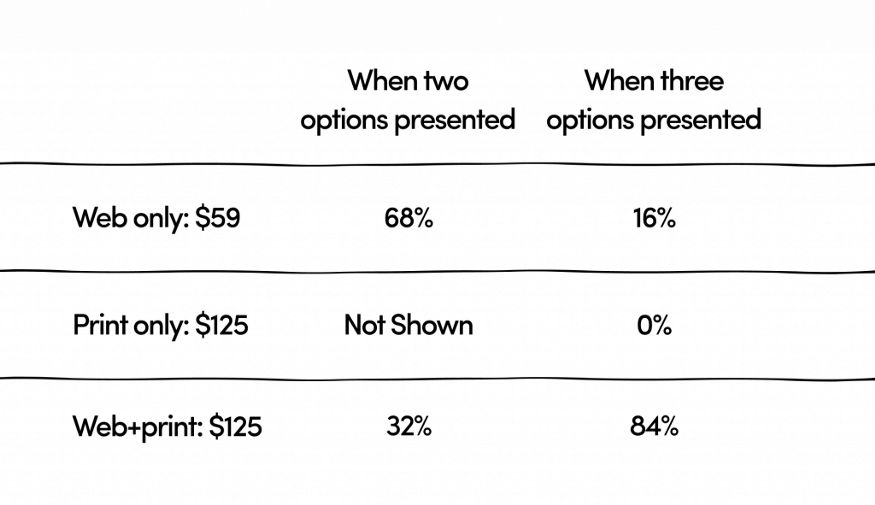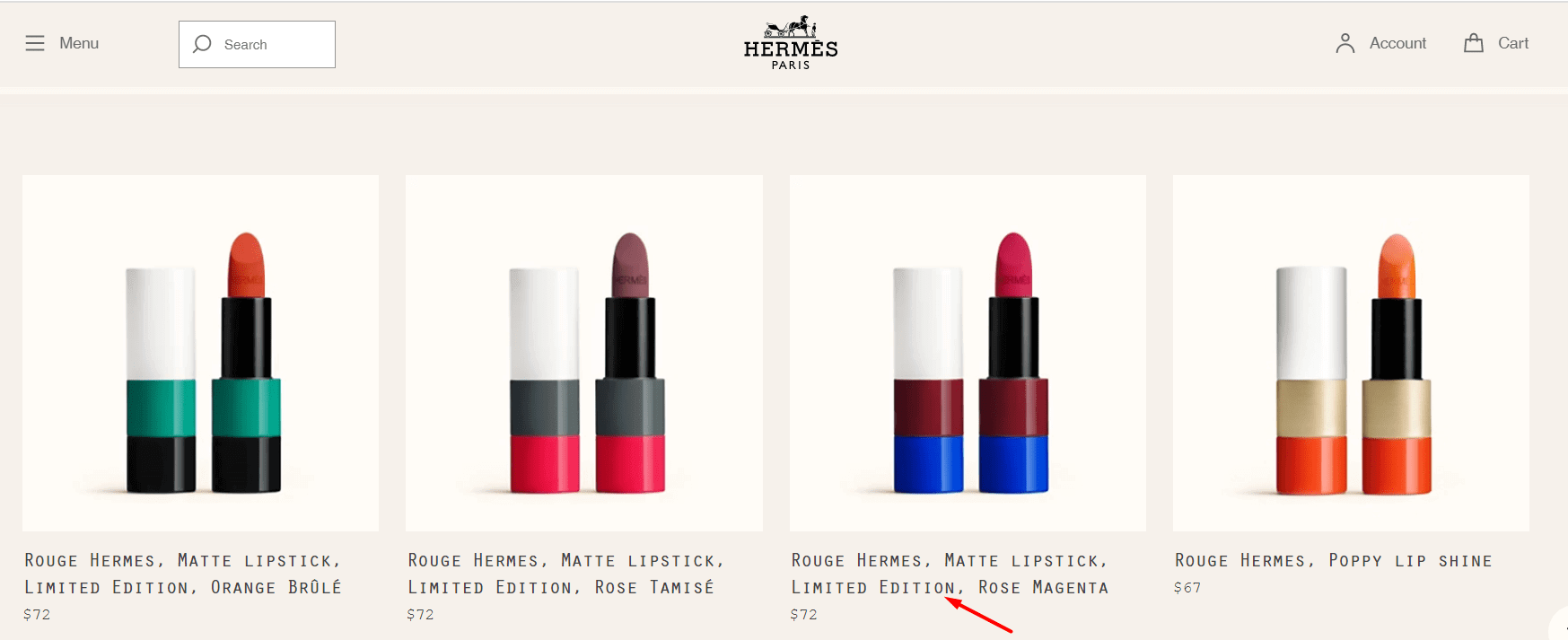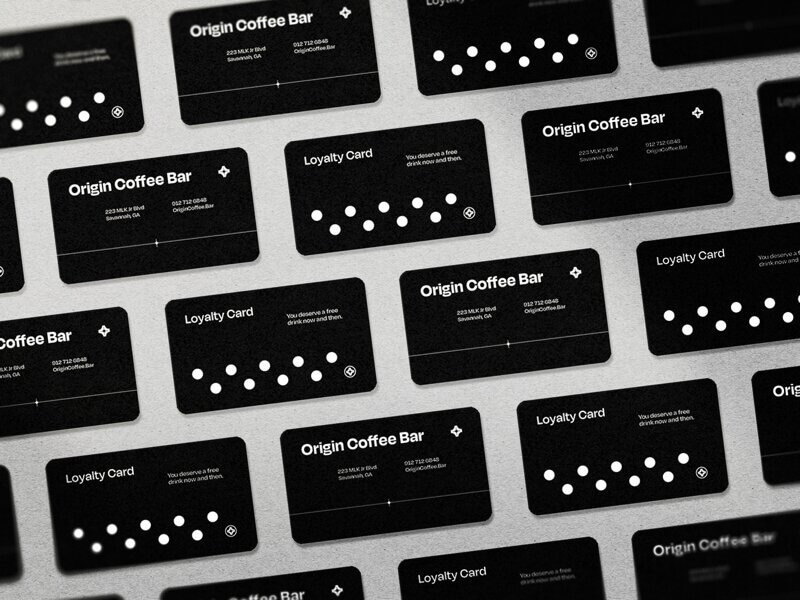The average person sees between 6 and 10,000 ads per day. Businesses worldwide are using smart psychological techniques to stand out and connect with their audiences. By understanding how to evoke the right emotions and urge people to perform a certain action, you can boost your conversions and increase sales. This article contains practical tips and examples that will help you achieve that goal.
- How brands use psychology in advertising
- What advertising channels to use
- How to use psychology to influence customers
- Final word
How brands use psychology in advertising
To understand the term “psychology of advertising”, let’s examine the two words that it’s made of:
- Psychology is a science that studies how a person’s psyche works and why people behave in a certain way and make certain decisions.
- Advertising refers to the process of spreading information about a brand, product or service in order to spark interest among potential customers and encourage them to make a purchase.
To manage customer behavior, marketers are using a large array of psychological tricks, from color schemes to triggering signals that cause automatic reactions. We’ll take a closer look at these techniques further in this guide.
What advertising channels to use
You can incorporate the psychology of selling into any advertising channels that you’re normally using to market your products and services.
Offline advertising channels include:
- TV;
- printed media (newspapers, magazines);
- printed marketing materials (catalogs, brochures, posters);
- radio;
- billboards;
- post.
Online advertising channels include:
- social media platforms;
- context advertising;
- target advertising;
- email newsletters;
- influencer advertising.
Don’t pressure yourself into using all advertising channels and formats at once. Pick a few that suit your business best. The most important thing is to make sure all your channels translate the same message and create a consistent brand image in the eyes of your target audience.
How to use psychology to influence customers
Psychology offers a myriad of ways to influence people’s behavior and decisions. Let’s look into the most common tricks which businesses are using to get customers to buy.
Feelings and emotions
“We don’t stand a chance of advertising with features and benefits and with RAMs and with charts and comparisons. The only chance we have of communicating is with feeling.” This famous quote by Steve Jobs clearly reflects his take on marketing. This approach manifests itself in how Apple is advancing their products. Instead of highlighting the functionalities of its innovative gadgets, the tech giant focuses on how a purchase can change people’s lives by making them more forward-thinking, authoritative, stylish, etc.
According to numerous studies, people rely on emotions rather than rational thinking when making decisions. This is also true when applied to a customer-business relationship. When making a purchase decision, we’re guided by our emotional response to an advertisement rather than its actual contents.
Each company creates its own emotions palette based on its goals, unique characteristics, advantages, and products. It can be happiness, pleasure, empathy, love, trust, and other feelings and emotions. Let’s take Nike as an example. The sportswear company reveals that their commercials aim to bring shoppers and the brand together through emotions that people experience when doing sports. Indeed, all of Nike’s ads resonate with the company’s fundamental slogan, “Just Do It.” All ads speak about motivation, perseverance, and overcoming challenges on the way to success.
In 2020, Nike launched a new commercial called “You Can’t Stop Us.” The ad revolves around the inspiring and omnipotent power of sport that helps people overcome the Covid-19 pandemics. The commercial has won a Grand Prix in Film at Cannes and the 2021 Outstanding Commercial Emmy Award.
How to use this trick
- List the advantages of your new product and translate them into emotions. For example, delicious milk can remind people of their carefree childhood; bright bathing suits convey the excitement for an upcoming vacation; crunchy snacks recall the sense of community during friendly get-togethers.
- Create the psychological profile of your average customer. Find out your shoppers’ needs, wishes, aspirations, fears, etc. By addressing the topics that are close to your customers, you’ll be able to evoke an emotional response from your audience and connect with them on a deeper level.
- Think about what your brand stands for. What is your mission? What values do you want to transcend to your audience? The best way to address these issues is by speaking to people’s emotions.
Social proof
Customers believe what other people are saying about brands rather than what brands are saying about themselves. The 2020 study held by Matter Survey showed that 61% of consumers make purchase decisions based on recommendations from their friends, family members, and influencers. Only 38% of shoppers rely on what brands are saying about their own products and services.
Be sure to leverage this technique with your new customers. Since new shoppers lack the experience engaging with your brand, they’re more likely to listen to what your existing customers are saying about you.
GoPro is a fine example of how a business can use social proof to its advantage. The company’s social media accounts rely heavily on UGC (user generated content). The brand shares dynamic GoPro videos made by its customers, rewards the best content creators, collaborates with famous athletes and travel bloggers, and so on.
How to use this trick
- Encourage customers to leave testimonials and share their feedback on your social media pages.
- Develop a referral (bring-a-friend) program. It’s a great incentive for your audience to spread word about your brand.
- Devise a UGC strategy. Draw from the valuable experience of other companies that are successfully using this technique.
Bait effect
When ordering coffee at your favorite coffee shop, you can see that a medium size coffee costs nearly as much as a large one. This pricing scheme uses the so-called “bait effect.” Since the price difference between a medium coffee and a large one is negligible, customers are tempted to take the most costly option.
In his best-selling book “Predictably Irrational”, the American author and behavioral economist Dan Ariely talks about how The Economist journal masterfully used the bait effect in its pricing. Readers were offered three subscription plans: Plan 1 (online journal for $59), Plan 2 (printed journal for $125), and Plan 3 (online+printed journal for $125). Out of three available options, most readers were choosing Plan 3. However, with Plan 2 removed, the number of customers who chose the cheapest plan increased by 52%.
How to use this trick
Create a lineup of three product offers. Make the middle option the least beneficial for customers. This is a great way to guide consumers towards the most pricey option.

Scarcity trigger
“Only one room left in this price range!”, “Limited offer”, “Offer is only valid within 24 hours”. These are the textbook examples of how companies are using the FOMO (fear of missing out) effect to push customers towards a purchase.
The scarcity trigger is simple yet effective. Consumers tend to assign more value to products which are limited and hard to come across. By artificially creating a product shortage and/or limiting the time for decision-making, businesses are pushing shoppers towards an impulsive purchase.
A classic social experiment gives a great demonstration of how the scarcity principle works. Students were divided into two groups and given identical chocolate cookies. The only difference is that Group 1 got a jar with 2 cookies in it, while Group 2 got a jar with as many as 10 cookies. Students from Group 1 rated the cookies twice as desirable as students from Group 2.
Among renowned brands, Hermes is the one of the best at using the scarcity effect. You can’t simply walk into a Hermes store and buy any bag or wallet you want. Each collection is unique, and some items are almost impossible to come across. This makes customers hunt Hermes products like treasures all over the globe.
How to use this trick
- Create the illusion of scarcity and urgency. Launch limited time and limited quantity offers.
- Use smart tools that will urge shoppers to act. A common technique is to add a countdown clock on your website or landing page. Also, be sure to use the words and phrases that indicate urgency and scarcity.

Belonging to a brand community
Building a loyal community around your brand is yet another effective psychological technique that can help you connect with your audience. This technique relies on our need for social involvement and approval. All of us want to be a part of a community, whether it’s a family, circle of friends or people who support the same brands as we do.
Being a part of a group gives us a sense of involvement, a sense of exclusiveness (community members tend to have access to things which are unavailable to other people), and a chance to communicate with people with similar interests, values, etc.
The Red Bull brand became popular in Europe by creating a cult-like following around its products. The energy drink was marketed as a beverage for an exclusive circle of athletes, party-goers, and people with active hobbies. Instead of traditional advertising, Red Bull was using guerilla marketing, such as paying people at parties to promote its flagman product.
How to use this trick
- Keep in mind that building a brand community is a long-term commitment. Start with determining what goals, values, and traditions are shared by your audience.
- Outline the benefits that your customers are going to get for joining the community. It can be useful content, discounts, exclusive products, tickets to events, etc.
- Keep the community alive and develop a strategy for attracting new members.
Final word
A knowledge of basic psychology can help you both in your everyday life and business promotion. Determine the fundamental characteristics of your brand. Create your customer’s psychological profile in order to understand your audience’s needs and restraints. Take the time to examine the techniques covered in this guide and pick the ones that can help you achieve your goals. Aside from that, learn how major brands incorporate psychology into their advertising.




